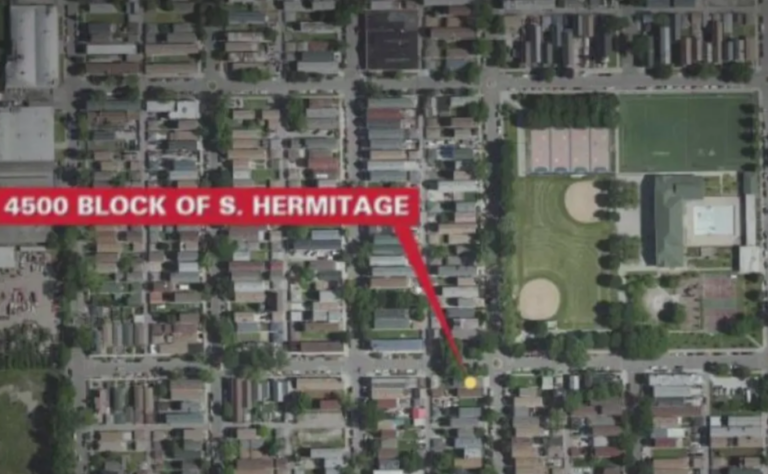
12/19/2022
The quake occurred on May 4 and registered at a magnitude of 4.7 — five times more powerful than the InSight lander‘s previous largest quake on Mars back in August 2021, which was recorded at a magnitude around 4.2.
Another indication of the scale of the event is that InSight continued detecting waves from the record-breaking quake for around 10 hours, while the after-effects of all previous Marsquakes had subsided within an hour.
“The energy released by this single marsquake is equivalent to the cumulative energy from all other Marsquakes we’ve seen so far,” John Clinton, a seismologist at the Swiss Federal Institute of Technology in Zürich and co-author of the study, said in a statement from the American Geophysical Union, which published the research.
The seismic event in May was also unusual because its epicenter wasn’t near known nodes of activity. It also displayed characteristics of both types of marsquakes so far discerned: high-frequency waves with rapid but shorter vibrations and low-frequency waves with larger amplitude.
The marsquake occurred on Sol 1222 of InSight’s mission (a sol is one day on Mars and lasts about 40 minutes longer than a day on Earth).
Full Link ( Space ) Here
© CopyRights RawNews1st






